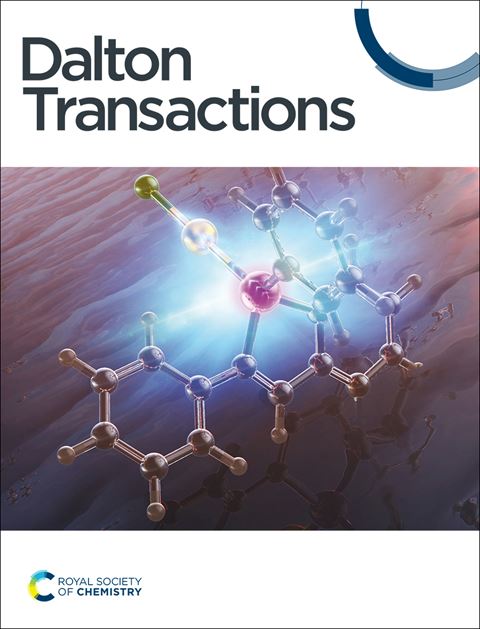Synthesis of Highly DispersibleTiO2 Nanoparticles and Their Application in Quantum Dot Light Emitting Diodes
IF 3.5
3区 化学
Q2 CHEMISTRY, INORGANIC & NUCLEAR
引用次数: 0
Abstract
Metal oxide nanoparticles are commonly used as electron transport layers (ETLs) in quantum dot light emitting diodes (QLEDs) because of their wide band gap, high electron mobility, and appropriate conduction and valence band positions. Currently, ZnO nanoparticles are the most successfully electron transportation material in high-performance QLEDs. However, the positive aging effect is widely observed for ZnO-based QLEDs since the amphiprotic ZnO nanoparticles are not stable under the acidic, basic, and moisture conditions, which limits their applications. In this study, highly dispersible and alcohol-soluble TiO₂ nanoparticles are synthesized by using a non-hydrolytic sol-gel method, followed by a dimethyl sulfoxide post-treatment. The use of colloidal TiO₂ nanoparticles as an ETL yields optimal QLED, with a maximum external quantum efficiency of 12.03%, a highest luminance of 103,420 cd/m², and a current efficiency of 18.06 cd/A. These results reveal that TiO₂ nanoparticles hold great potential as ETL in the future QLEDs.高分散性tio2纳米粒子的合成及其在量子点发光二极管中的应用
金属氧化物纳米颗粒由于其宽带隙、高电子迁移率和合适的导价带位置而被广泛用于量子点发光二极管(qled)的电子传输层。目前,ZnO纳米粒子是高性能qled中最成功的电子传输材料。然而,由于两质子型ZnO纳米颗粒在酸性、碱性和潮湿条件下不稳定,限制了其应用,因此ZnO基qled普遍存在正老化效应。在本研究中,采用非水解的溶胶-凝胶法合成了高分散性和醇溶性的tio2纳米颗粒,然后进行二甲亚砜后处理。使用胶体tio2纳米粒子作为ETL可获得最佳的QLED,最大外量子效率为12.03%,最高亮度为103,420 cd/m²,电流效率为18.06 cd/ a。这些结果表明,tio2纳米颗粒作为ETL在未来的qled中具有很大的潜力。
本文章由计算机程序翻译,如有差异,请以英文原文为准。
求助全文
约1分钟内获得全文
求助全文
来源期刊

Dalton Transactions
化学-无机化学与核化学
CiteScore
6.60
自引率
7.50%
发文量
1832
审稿时长
1.5 months
期刊介绍:
Dalton Transactions is a journal for all areas of inorganic chemistry, which encompasses the organometallic, bioinorganic and materials chemistry of the elements, with applications including synthesis, catalysis, energy conversion/storage, electrical devices and medicine. Dalton Transactions welcomes high-quality, original submissions in all of these areas and more, where the advancement of knowledge in inorganic chemistry is significant.
 求助内容:
求助内容: 应助结果提醒方式:
应助结果提醒方式:


